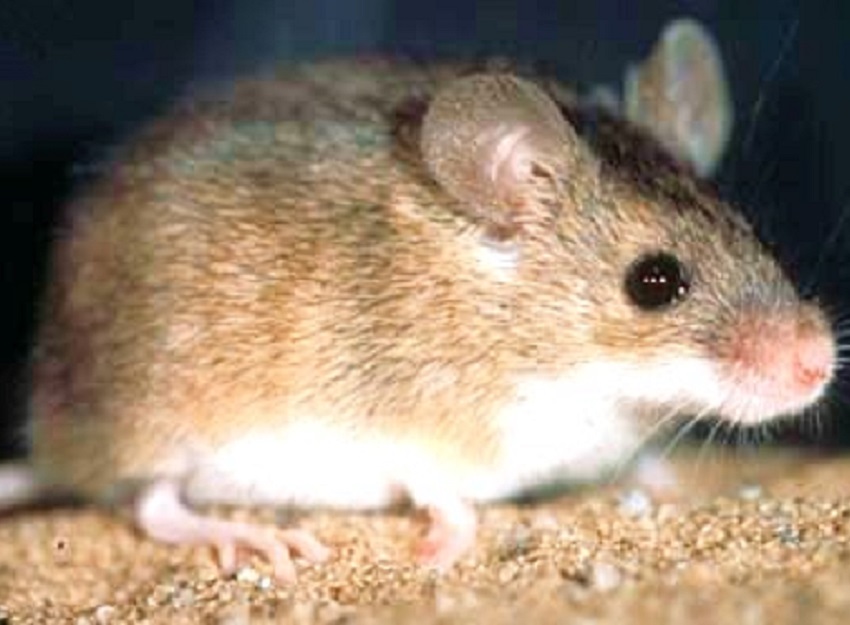
Name: House mouse
Common name: House mouse
Local name: Far
Scientific name: Mus musculus
Nature Reserves: Irkaya
Size: 7
Habitat:
House mice are typically commensal, and are found in a very wide range of man-made habitats including houses, farm outbuildings, other types of buildings. Sometimes it is feral in areas where it has been introduced, and in some parts of its native range it maintains wild populations in outdoor habitats such as arable land, pastures, coastal sand dunes, salt marshes, and scrubby road verges (Macholán 1999, Wilson and Reeder 2005). House mice tend not to be found naturally in forests and deserts (Macholán 1999).
Habits:
House mice usually run, walk, or stand on all fours, but when eating, fighting, or orienting themselves, they rear up on their hind legs with additional support from the tail - a behaviour known as ""tripoding"". Mice are good jumpers, climbers, and swimmers. Mice are mostly crepuscular or nocturnal; they are averse to bright lights. The average sleep time of a captive house mouse is reported to be 12.5 hours per day. They live in a wide variety of hidden places near food sources, and construct nests from various soft materials. Mice are territorial, and one dominant male usually lives together with several females and young. Dominant males respect each other's territory and normally enter another's territory only if it is vacant. If two or more males are housed together in a cage, they will often become aggressive unless they have been raised together from birth. House mice primarily feed on plant matter, but are omnivorous.
Distribution:
Mus musculus through its close association with humans it has been widely introduced across the globe (Musser and Carleton, 2005). The species is widespread over all continents, except Antarctica, and has become established in North and South America, sub-Saharan Africa, Australia, and many oceanic islands (Macholán 1999).
Description:
Length: 6.5-9.5 cm, Tail length: 6.0-10.5 cm, Weight: 10-30 g.
Their fur ranges in colour from light brown to black, and they generally have white or buffy coloured abdomen. They have long tails with little fur and circular rows of scales. They tend to have longer tails and darker fur when living closely with humans. Many domestic forms of mice have developed that range from white to white with black spots.







